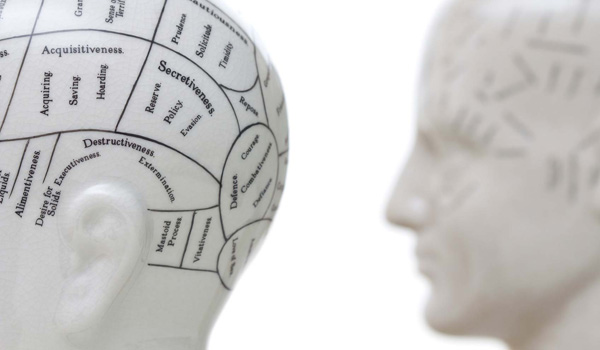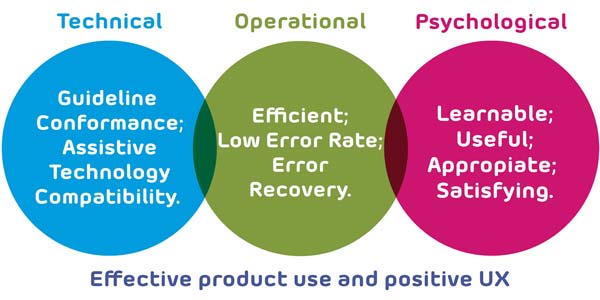Accessibility – time for a rethink
UX specialist Chris Bailey urges the adoption of a holistic model of accessibility.
Today’s predominant approach to accessibility is still focused on conformance to guidelines: you build a product, you audit it, then you fix what you can before launch to tick the ‘accessibility’ box. What’s wrong with that, you may ask?
Well, there are a number of downsides. When you leave accessibility to the end of a project, it has the potential to cause delays or other technical challenges. And if the fundamental design of a product is the root of a problem, no amount of technical wizardry will make it conformant, never mind actually accessible and usable in a live context.
To truly solve a problem like this, you need to rethink and redefine it.
A holistic model of accessibility
One of the arguments we commonly hear for accessibility is that better accessibility means better usability. It’s true that there is overlap, but a product can be technically ‘accessible’ yet have poor usability. Only a more holistic approach covering technical, operational, and psychological factors can ensure true accessibility.
With reference to the model below:
- ‘Technical’: what we traditionally refer to as accessibility.
- ‘Operational’: Usability
- ‘Psychological’: user experience (UX).
These factors are interdependent – so they all need to be optimised to ensure your product can be used effectively. Note that in terms of the technical component, ‘optimal’ doesn’t necessarily mean strict conformance.
Figure 1: Holistic Model of Accessibility.
Involve your users early, and often
The key to creating a holistic solution is to involve your users as early and often as possible in the development lifecycle, ensuring their technical, operational and psychological requirements are met. Watching people use products in a live context is probably the most effective way to detect potential barriers – and provides real insights for your designers and product owners.
Psychological accessibility

In such cases, users need to be nurtured and guided to build up their confidence and conquer any psychological factors. Once users understand they can use a product proficiently through repetition, accessibility barriers are automatically overcome.
Testing as a solution
Accessibility testing can be conducted alongside – or even integrated with – scheduled UX testing sessions at the end of each sprint cycle. Most UX agencies will be able to recruit and include 2 or 3 participants with different accessibility requirements: the process needn’t delay or interrupt the project development lifecycle.
The value of testing with disabled people
Testing with disabled people is a fantastic way of making products more user-friendly. Accessibility testing provides evidence of potential UX issues you may find with two, three or four times as many users in standard UX testing sessions. This value aspect should not be underestimated.
Why not include users with minor disabilities in your regular testing sessions? Users with dyslexia will find issues with illogical flow in a user journey, or poor labelling, and can give a great indication of how clear and understandable written text is. The same is true of screen reader users. Users with low-vision will detect visual design issues around contrast, text-size and appropriate use of icons and confirmation messages.
Accessibility for all: what next for your organisation?
The examples above demonstrate how product design impacts a range of users – not just those who are considered to have accessibility requirements: accessibility really does impact us all. The second part of this two part article will be published in our next UX newsletter in December (sign-up here), and will look at how organisations can harness greater accessibility maturity to drive success.

Learn more from our specialist accessibility consultants

